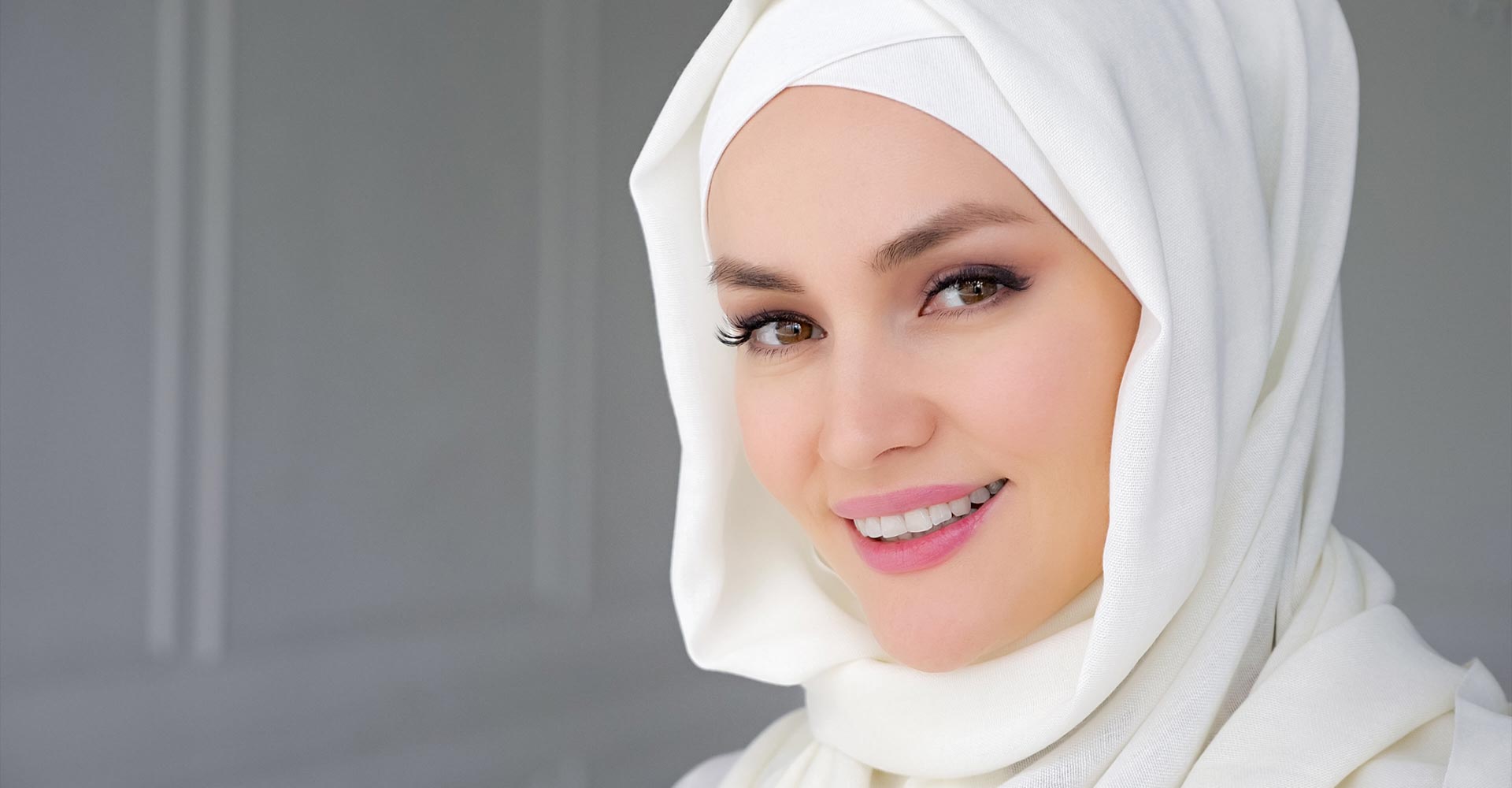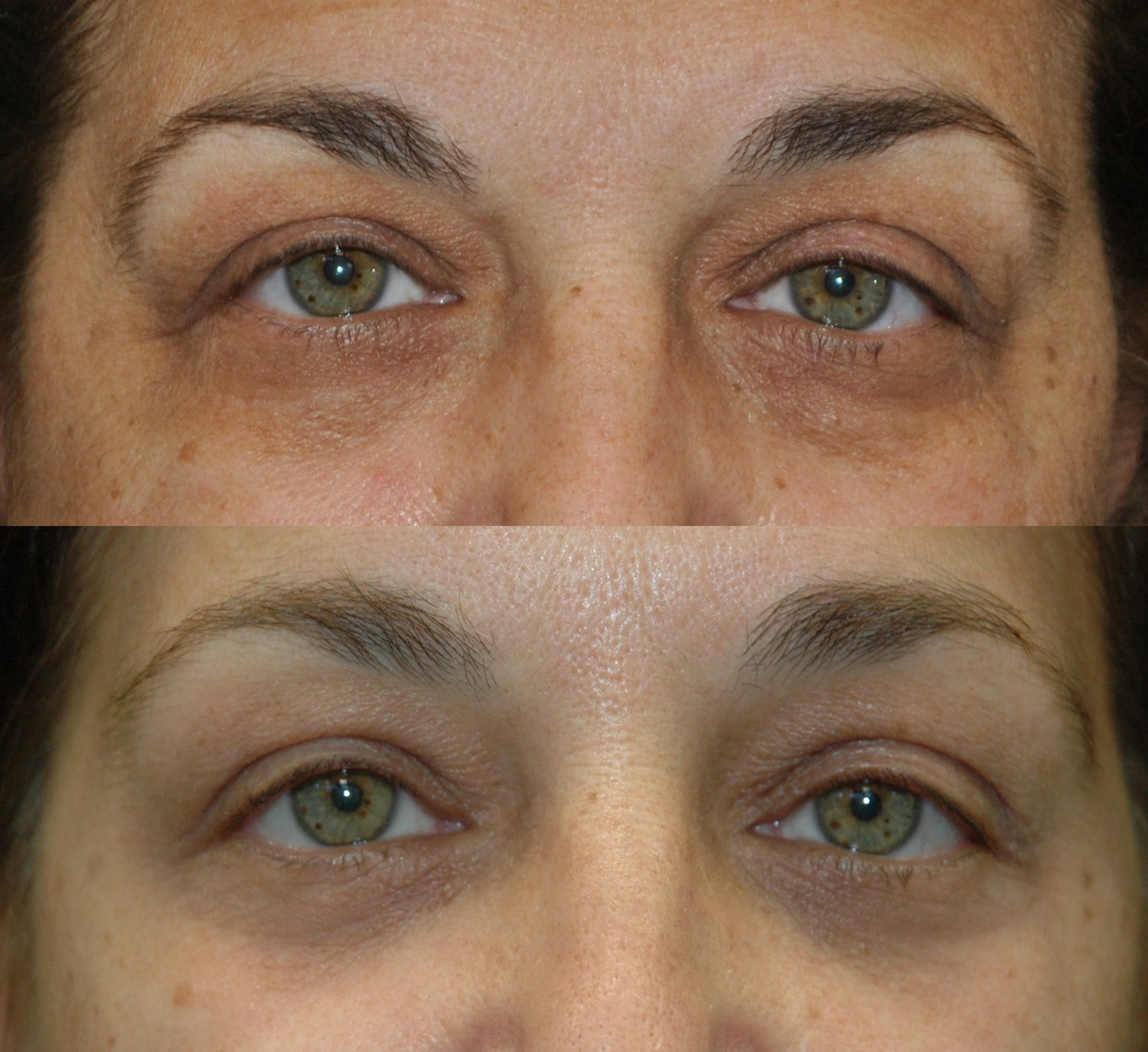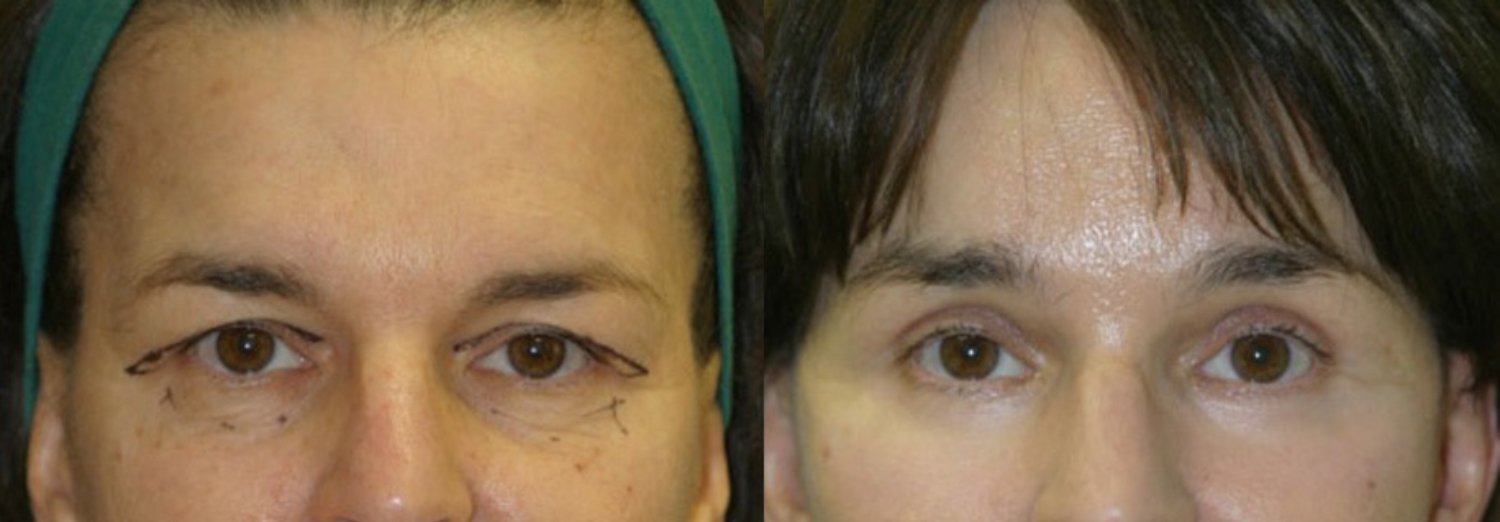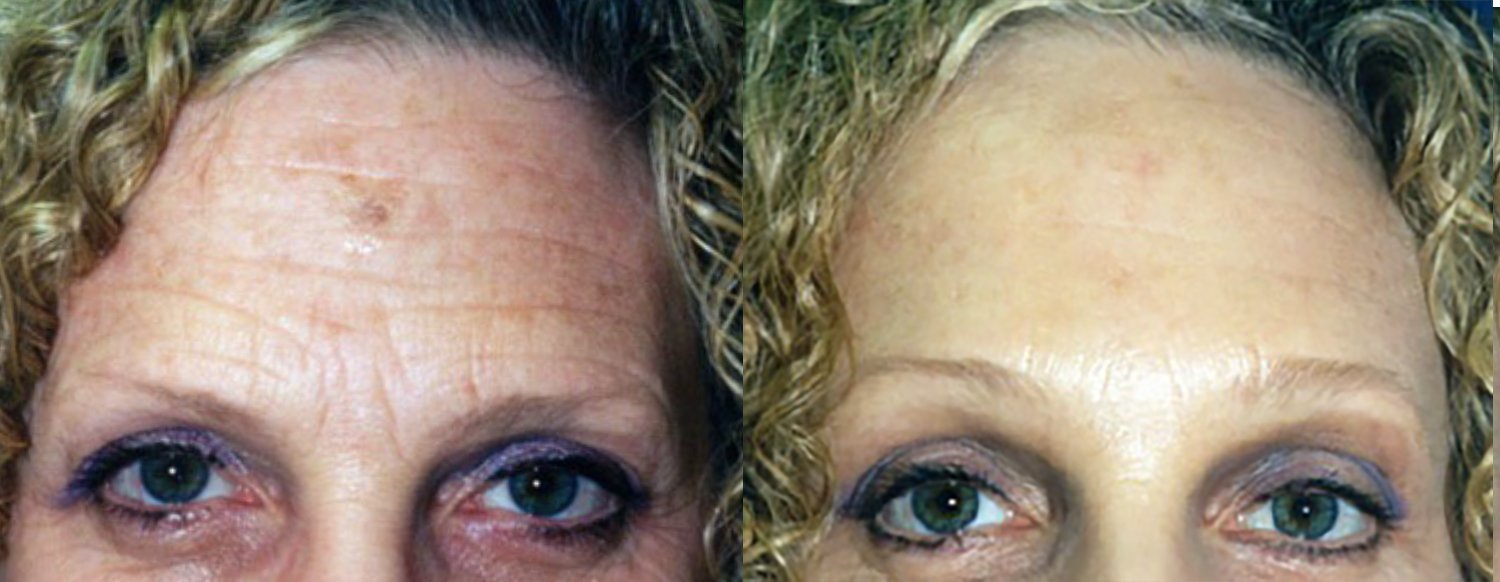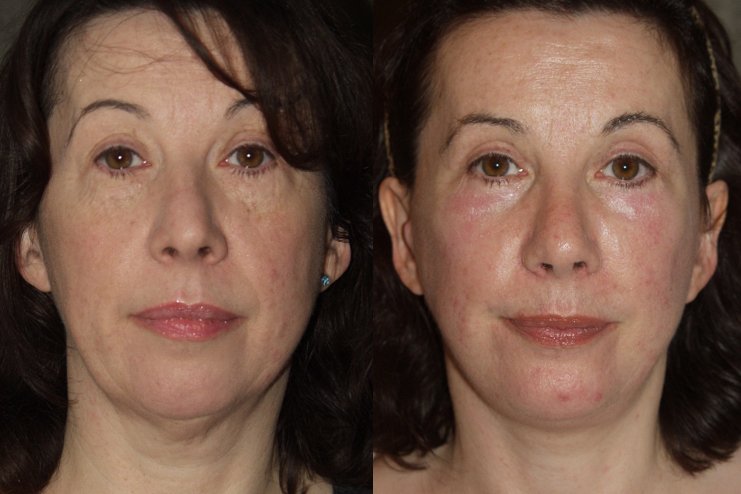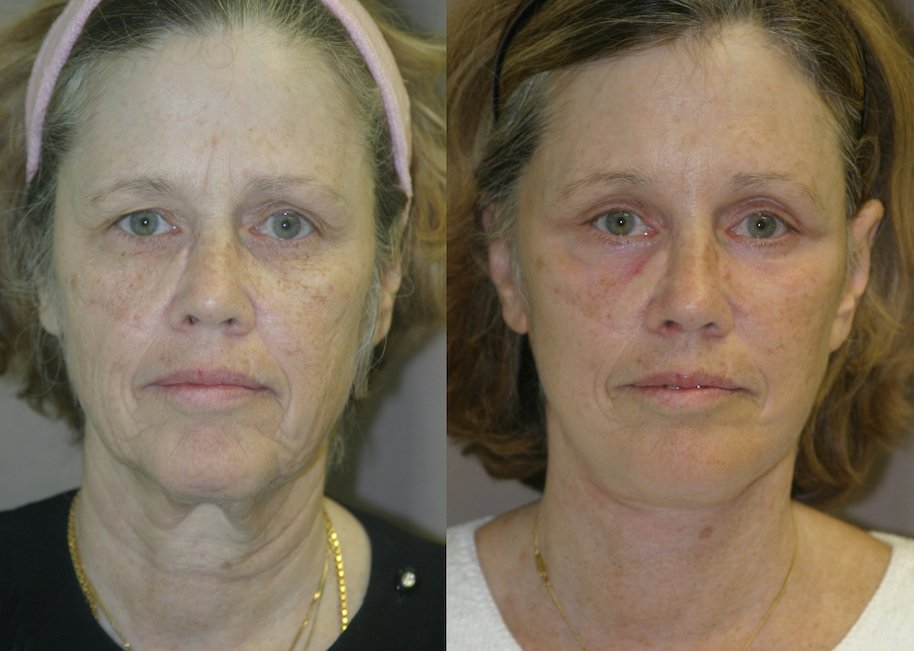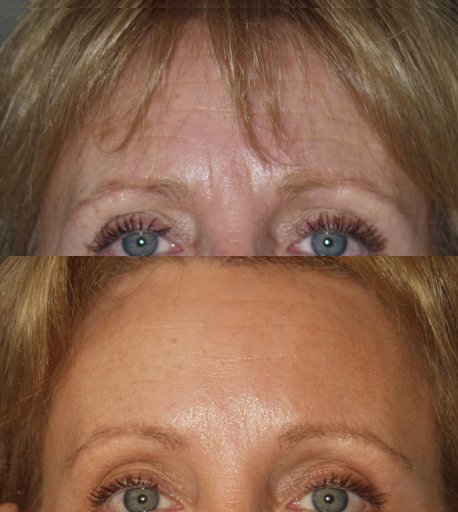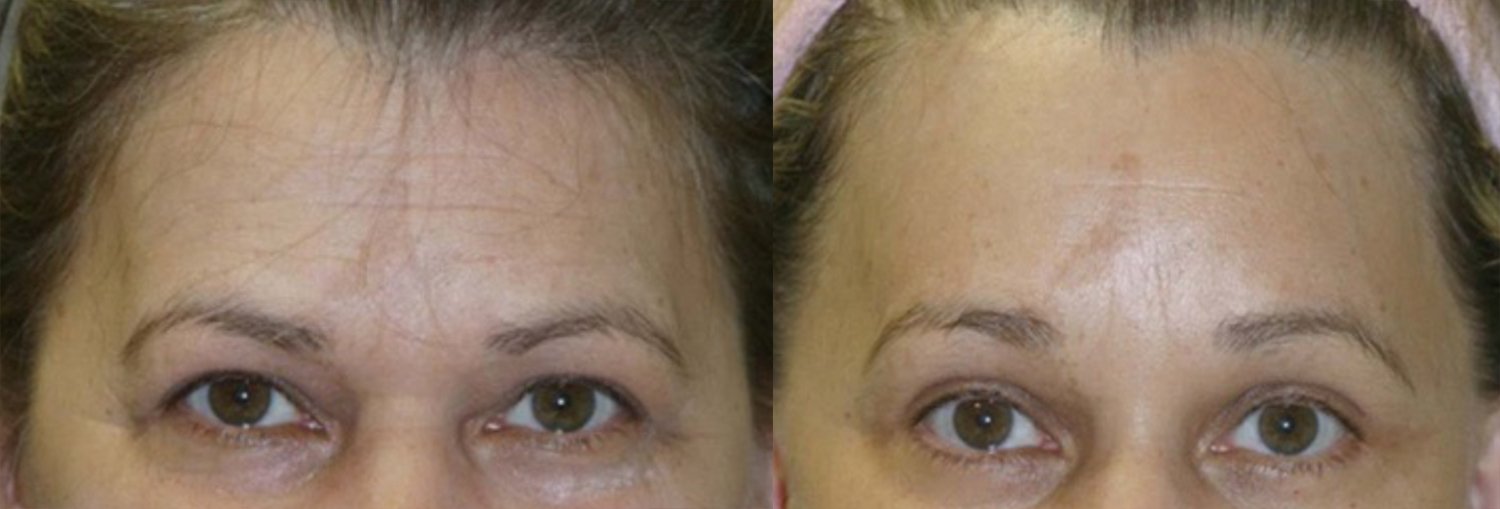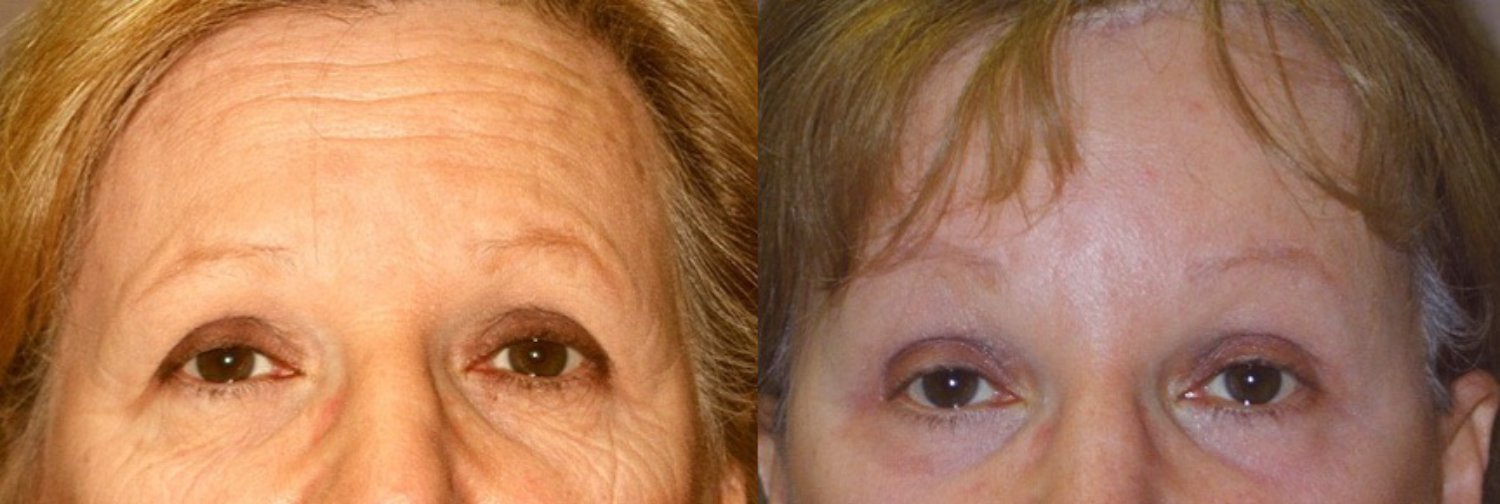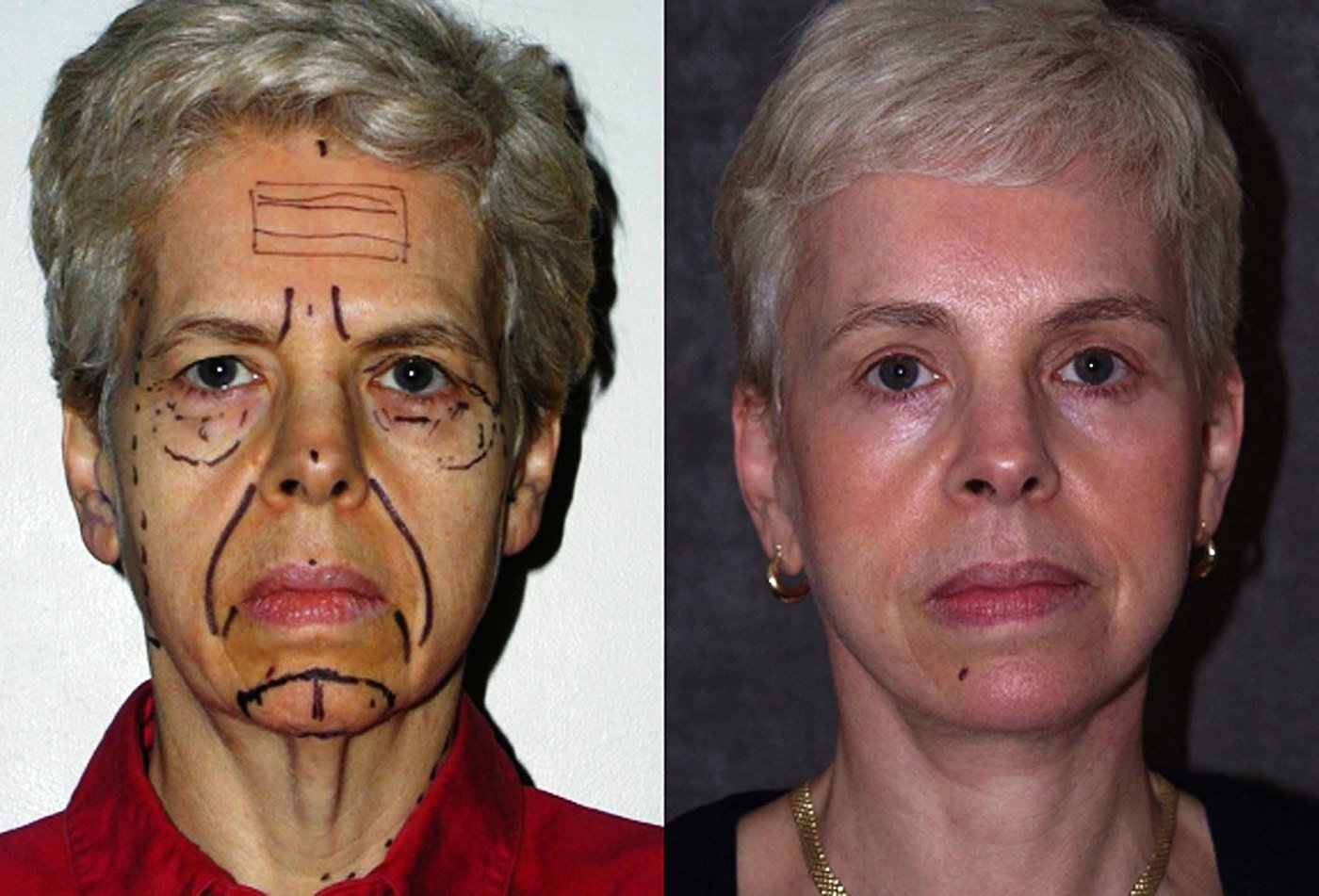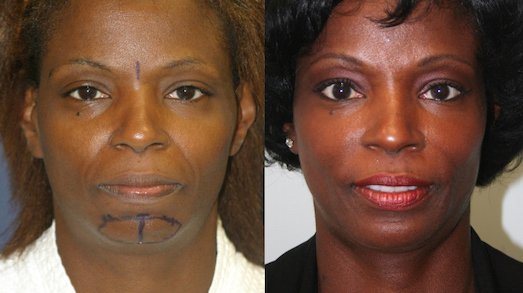Browlift Procedure in Norwalk, Connecticut
Dr. Laurence Kirwan is one of the most experienced Board Certified Plastic Surgeons in Norwalk, Connecticut, and in the entire country. He is a recognized international leader in Aesthetic Plastic Surgery. He offers a superior level of knowledge, care and understanding to help you achieve the look you desire.
Conveniently Located: Every patient is a VIP. For your browlift appointment, you will see Dr. Kirwan himself at every single appointment. Our Norwalk, CT location is conveniently located in between Manhattan, New York and New Haven, Connecticut. Patients regularly visit from across Connecticut (Stamford, Greenwich, Stratford, Fairfield, Westport, Bridgeport, Darien, New Canaan, Trumbull), New York ( Manhattan, NYC, Larchmont, Mamaroneck, New Rochelle, Port Chester, White Plains, Harrison), New Jersey and other neighboring cities/towns for their browlift surgery and other plastic surgery procedures. Our office is close to all of the New York Airports for patients who are coming from out-of-state or other countries.

Is there a typical age to have a browlift?
Thirty-five years of age and older. An endoscopic brow lift is not necessarily an age-related procedure since younger patients often have inappropriately low-set eyebrows. There is no arbitrary age at which a patient is too young or too old for brow lift surgery. Patients have different genetic endowments and different lifestyles. Premature aging caused by smoking, sun-damage, and yo-yo weight changes significantly affect facial aesthetics. Facial bone structure, inherited skin thickness and eyebrow characteristics such as shape and density, have major implications. The most dramatic feature would be someone with little or no eyebrows. The surgeon should base his surgical plan on the anatomy and an artistic appreciation of facial aesthetics. Arbitrary rules as to age and measurements serve as guidelines but are not rigid. Every patient is unique.
Surgical technique
The aim of the technique, in the simplest sense, is to elevate the eyebrows. Every patient has a different shape to their eyebrows and different expectations as to how they feel their eyebrows should look. In particular most patients want an arch that is highest point at the junction of the inner two thirds and outer one third of the eyebrow. Some desire that the eyebrow extends at the same level as the arch into for the outer third. Most desire a slight downward curve from the arch into the outer third of the eyebrow. This is the usual aesthetic goal. The inner third of the eyebrow should remain at or slightly above the bony rim of the orbit and should be the lowest point of the eyebrow. It is usually desirable for the inner angle of the eyebrows to move upwards and outwards after surgery. This is caused by removal of the inner portion of the Corrugator muscle. The horizontal folding of the skin at the base of the nose is treated by partial removal of the Procerus muscle. A by-product of elevating the eyebrows is that the elevators of the eyebrow (Frontalis muscle) and cause horizontal lines in the forehead, are no longer constantly active and this leads in turn, to a reduction in the horizontal forehead wrinkles.
Surgery is performed with an endoscope (small telescope) through 2 cm scalp incisions. The incisions are made behind the hairline. There is one access incision in the midline, a second and third, each over the site of the planned arch of the eyebrow. This is usually about 4 cm from the midline. Incisions can be moved so that they are located beneath the hair as it falls naturally or according to the patient preference for styling. Two additional access incisions are made, each about 4 cm in length, one on each side of the head, about 2 cm. above the ear, to access the outer third of the eyebrow. Incisions are made in the same direction as the hair follicles to avoid injury to hair follicles and prevent permanent hair-loss. Positioning of the incisions away from natural partings of the hair prevent visibility of incisions with any resultant areas of temporary hair loss. Permanent hair loss is a rare event.
The open brow lift technique, historically, was useful if horizontal lines in the forehead were severe and required partial removal of the Frontalis muscle to correct them. In practice, elevation of the brows using the endoscopic technique, alleviates the forehead creases since the brows are now permanently elevated and do not require elevation through constant contraction of the Frontalis muscle. In my opinion, toxins and fillers for fine tuning of aesthetics as well as elimination of lines in the upper third of the face are always an option. Patients should be counseled regarding the use of toxins and fillers after surgery as a standard part of the pre-operative consultation process.
For Control of Fixation in Endoscopic Brow Procedures
Soft tissue fixation remains the least controllable and least predictable part of the forehead lift procedure. Various techniques are used; including bone tunnels and screws with sutures or staples. The Endotine technique uses small triangular devices with outward facing hooks and an anchor that is fixed into a pre-drilled hole in the outer layer of the skull. Once the anchors are inserted into the drill hole, the forehead is elevated and fixed on the projecting hooks, maintaining the eyebrow elevation. The Endotine device absorbs over a six month period. The Endotine device provides a suture-less multi-point fixation which is designed to facilitate the lift, reduce surgery time and improve the result. The device’s design provides multiple points of contact with the suspended tissue, distributing tension to maximize fixation strength.

Benefits for Endoscopic Technique using Endotine device
High concentrations of stress cause soft-tissue to deform, hair follicle loss and failures of fixation that may be the cause of forehead re-descent and undesirable results. The Endotine device distributes tension allowing a more stable tissue shape, less distortion, and the prevention of high concentrations of stress.
Dr. Kirwan has been using the ENDOTINE technique for over twenty years.
Philosophy
A natural look.
Surgical time and recovery
Surgery takes about an hour. Stitches are absorbable. Staples are used in the incisions and are removed in 7-9 days. A small drain is used for 24 hours after surgery. The initial surgical swelling is generally resolved after about 7-10 days. The patient can go back to work in 7-10 days.
Related cosmetic procedures
Facial Fat Injection
SEE THE TRANSFORMATIONS & BEAUTIFUL RESULTS
Before & After Photos
58 year old endoscopic browlift lower eyelid transconctival bleph. w. fat tranposition KIRWAN Skin Brightening Cream 6 weeks foreward gaze
59 year old, facelift, submental platysmaplasty, endobrow, upper _ lower eyelids, chin augmentation, rhinoplasty, 2 years after surgery, front view
59 year old, facelift, submental platysmaplasty, endobrow, upper _ lower eyelids, chin augmentation, 5 months after surgery front view
62 year old facelift, browlift, hairline approach, upper & lower eyelids, chin implant, rhinoplasty subtle without fracture nasal domes, peel lower eyelids & perioral, 4 months
56 year old, facelift, submental platysmaplasty, endobrow, upper lower eyelids, chin augmentation, 2 years after surgery, front view

